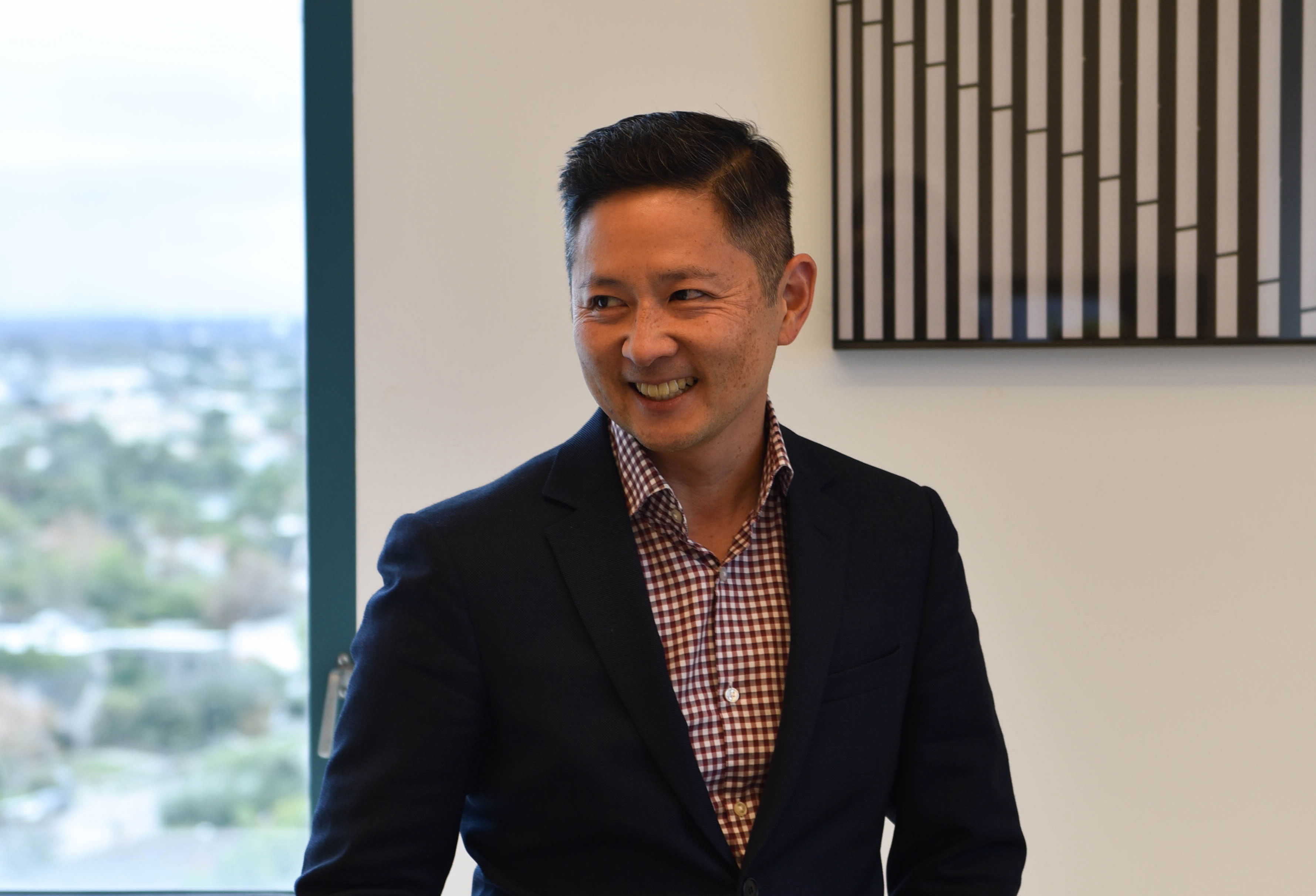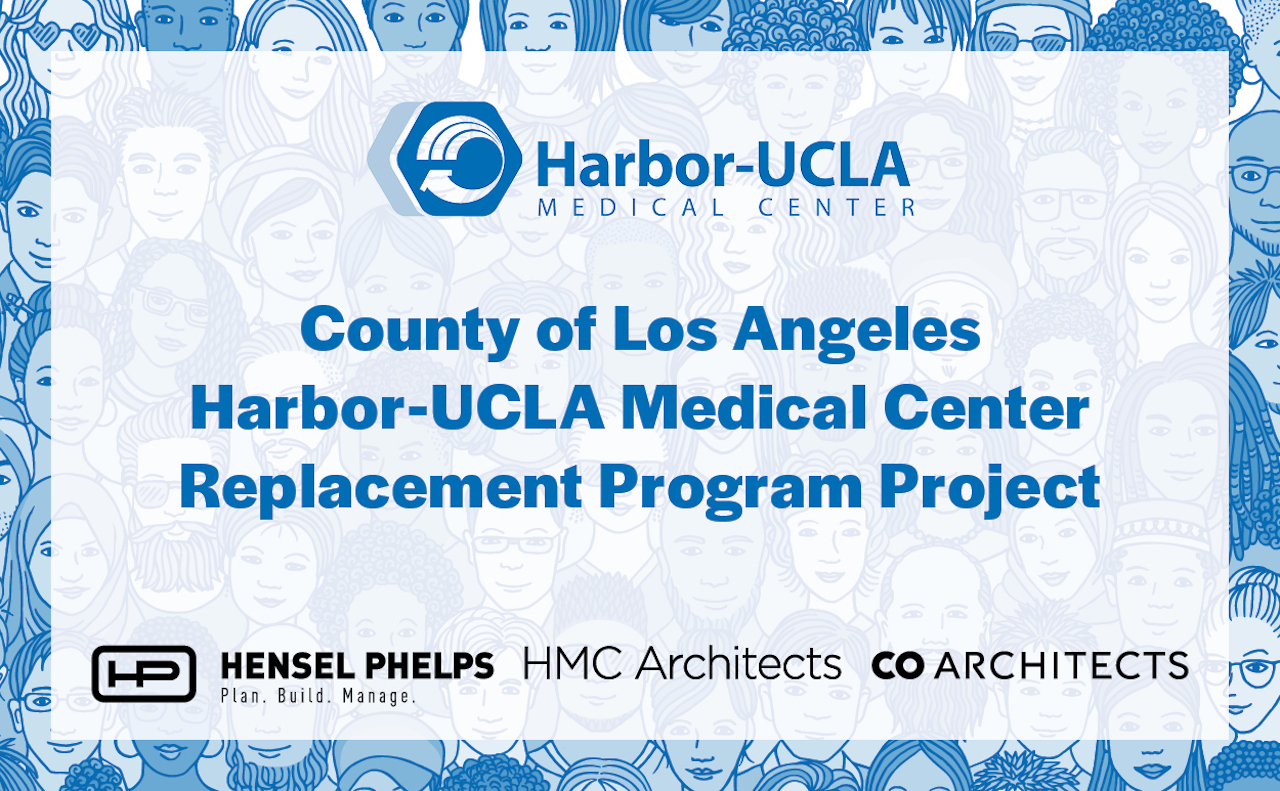An Ever-Evolving Workplace

Gina Chang explains the necessity to provide respite for not only the patients in healthcare facilities, but also the staff, doctors and nurses who work there daily. Lavender rooms have become a common design feature that allow staff and faculty to take a step away from patients, have private conversations, and connect to nature during their long shifts.
Healthcare designers have a perpetual responsibility to respond to the ever-evolving healthcare landscape in order to create environments that best promote healing and wellness. Now more than ever, attention must be given to providers so that they have the ideal workplace environment to provide the best outcomes for patients.
The pandemic confirmed what many healthcare design advocates have long been preaching – that addressing caregivers’ personal workplace health, both physical and mental, as part of facility design is an absolute necessity. Providers were spread thin pre-COVID, and the surge in stress over the past two years from frequently fluctuating mandates and increased exposure to disease has culminated in unprecedented burn-out among healthcare professionals. With a tough-it-out culture built on caring for people who theoretically are in worse condition, providers’ care was not a high enough priority—until a shortage in the profession was exacerbated by a surge in patients and concerns about personal safety.
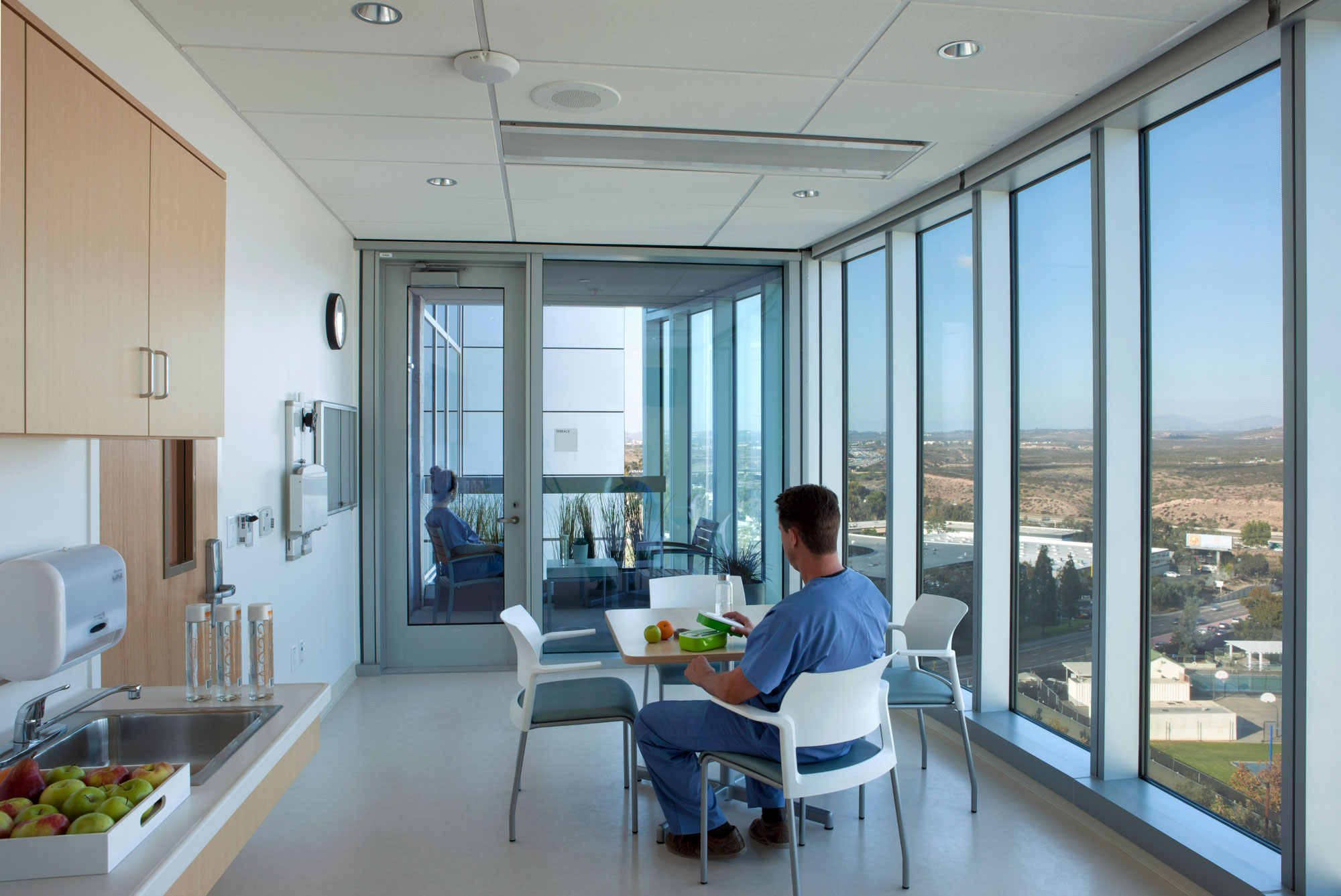
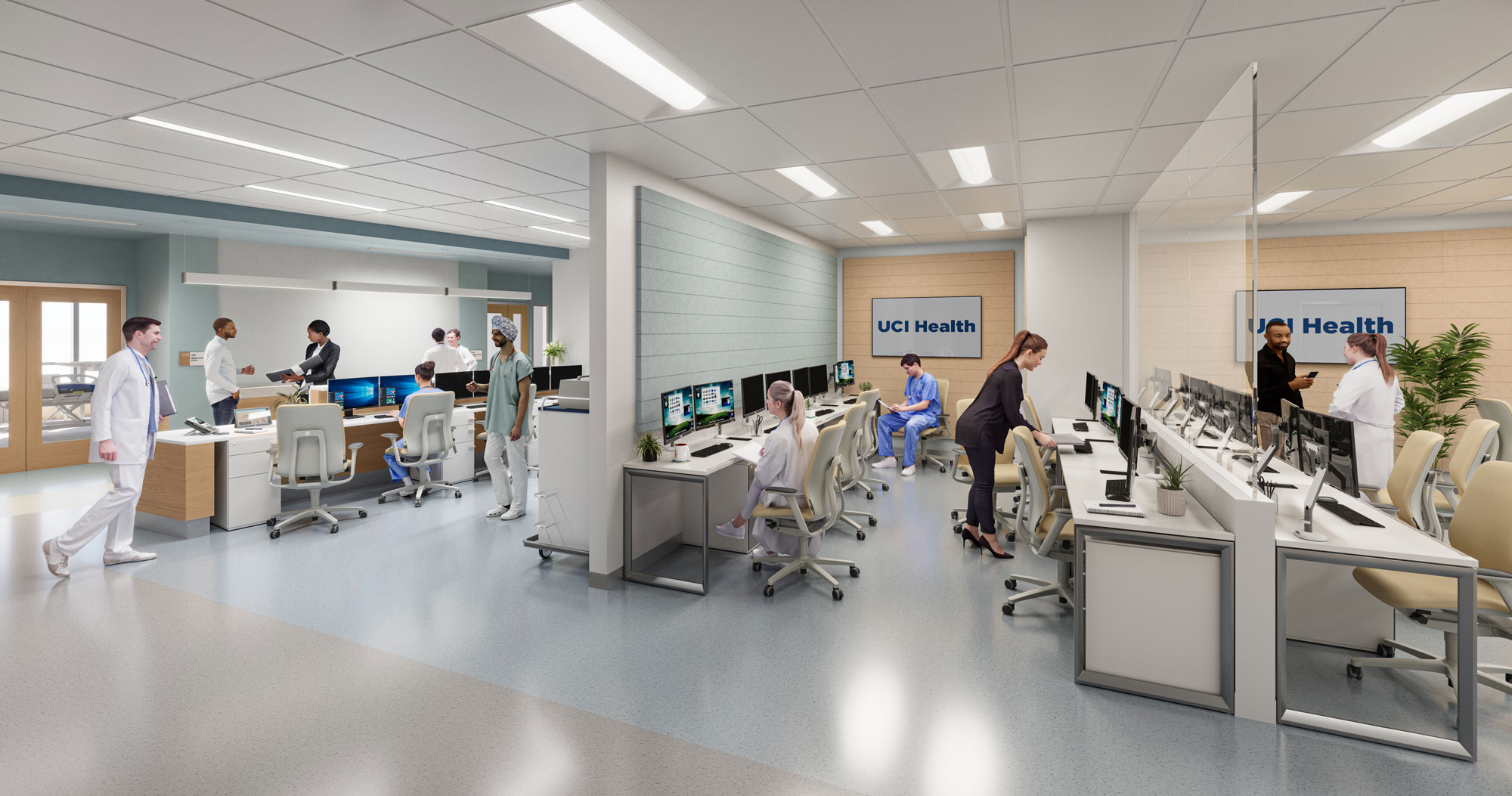
Team Based Workspaces
The shift in the industry toward value-based care reflects a positive change in healthcare organizational culture. Team-based care models in which providers rely on each other for expertise, verification and camaraderie are now favored over hierarchical divisions. Workplaces that are designed around this collaborative structure looks less like private offices and more like diverse space types that encourage transparency, discussion and respite. Open team areas, private huddle rooms, small telemedicine rooms, and sprinkled casual encounter spaces allow care teams to work and socialize as the demands of the day ebb and flow.
Architects and designers are also more conscious of including staff-only “off-stage” areas, in part for HIPAA considerations. These zones and even entire staff-only floors provide caregivers with the confidence to share information openly without fear of patients and family members overhearing. To improve staff performance and satisfaction, any opportunity to add natural light and outside views to these areas is embraced. Where possible, dedicated staff terraces provide biophilic respite thanks to direct daylight and access to the outdoors. The general approach is to create higher-value “real estate” for healthcare providers in their shared workplace spaces.
The shift in the industry toward value-based care reflects a positive change in healthcare organizational culture. Team-based care models in which providers rely on each other for expertise, verification and camaraderie are now favored over hierarchical divisions. Workplaces that are designed around this collaborative structure looks less like private offices and more like diverse space types that encourage transparency, discussion and respite. Open team areas, private huddle rooms, small telemedicine rooms, and sprinkled casual encounter spaces allow care teams to work and socialize as the demands of the day ebb and flow.
Architects and designers are also more conscious of including staff-only “off-stage” areas, in part for HIPAA considerations. These zones and even entire staff-only floors provide caregivers with the confidence to share information openly without fear of patients and family members overhearing. To improve staff performance and satisfaction, any opportunity to add natural light and outside views to these areas is embraced. Where possible, dedicated staff terraces provide biophilic respite thanks to direct daylight and access to the outdoors. The general approach is to create higher-value “real estate” for healthcare providers in their shared workplace spaces.


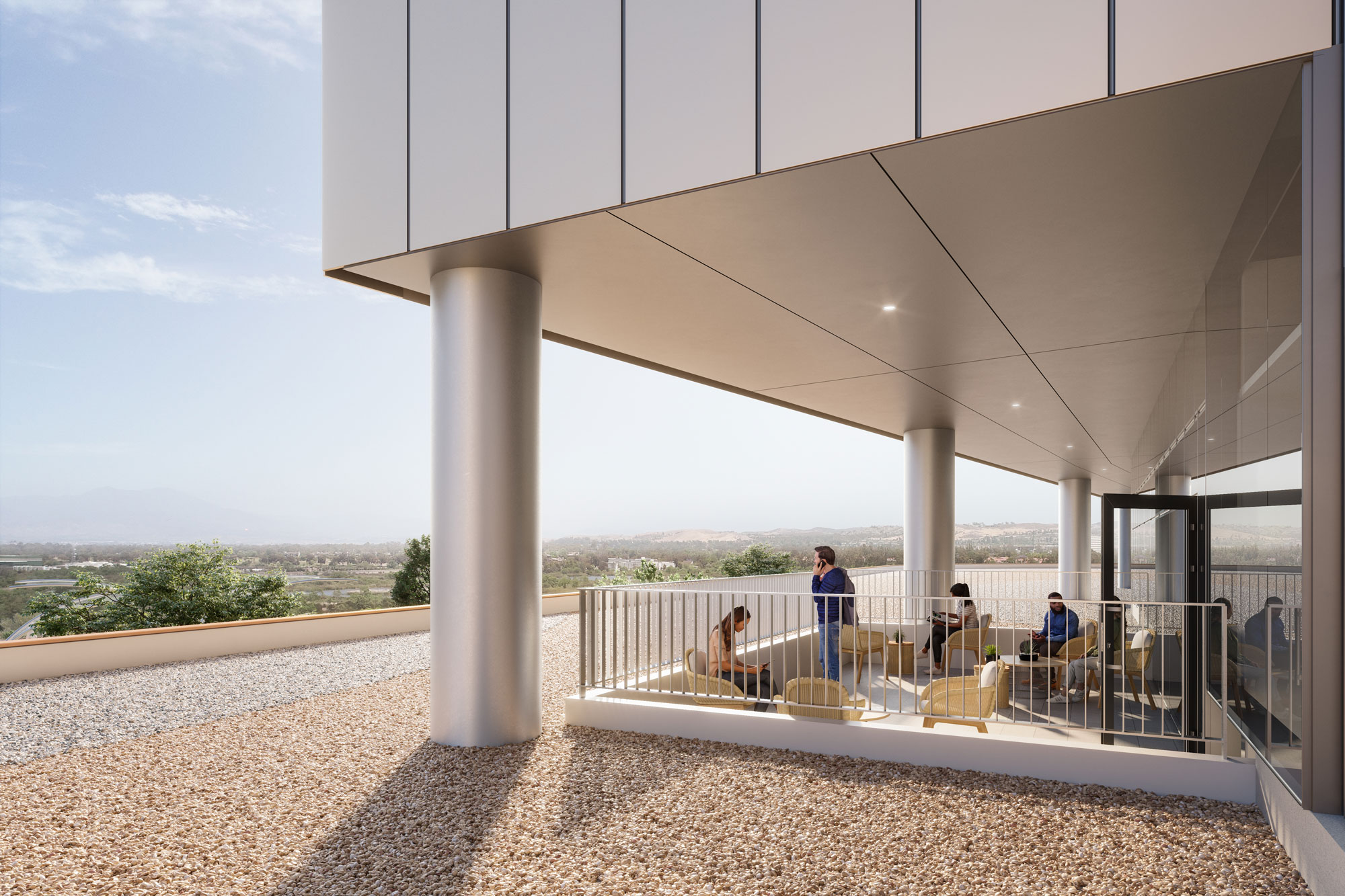
The Lavender Room–A Space to Decompress
In a recent post-pandemic survey, a majority of nurse leaders reported that high-quality break spaces were “Fairly” or “Very” important for increasing nurses’ job satisfaction and performance, and for alleviating work-related health concerns. Many reported that the need for a staff restorative environment is more important than ever.
One of these environments is the Lavender Room. Named after hospitals’ Code Lavender for “person under immense acute stress,” these private rooms are now an important programmatic component in healthcare design. In addition to respite rooms, staff lounges or staff terraces, the Lavender Room is a space intended to deal with immediate Code Lavender intervention, the spectrum of which could include holistic, therapeutic and spiritual practices. Nurses in particular report that Lavender Rooms are preferable to their previously popular method for mitigating job-related stress – going for walks.
Providers’ other consistent request is that Lavender Rooms be located away from nursing stations and staff lounges to help create the quietest possible space. Diffused light, sound machines, comfortable furniture with pillows and blankets, and even massage chairs are popular items to provide comfort in times of distress. Vital for a temporary escape from work-related distress, these rooms do not take up lots of square footage; they are intended for one or few occupants for privacy. Most importantly, staff using a Lavender Room know they will not be called back to work until ready.
The pandemic highlighted the current caregiver shortage and exacerbated it by prompting unprecedented attrition from increasingly difficult working conditions. CO Architects collaborates with healthcare clients to further refine staff workplaces with each successive project, with the goal of providing a multi-faceted environment for caregivers to be well, successful and provide the best care for others.
